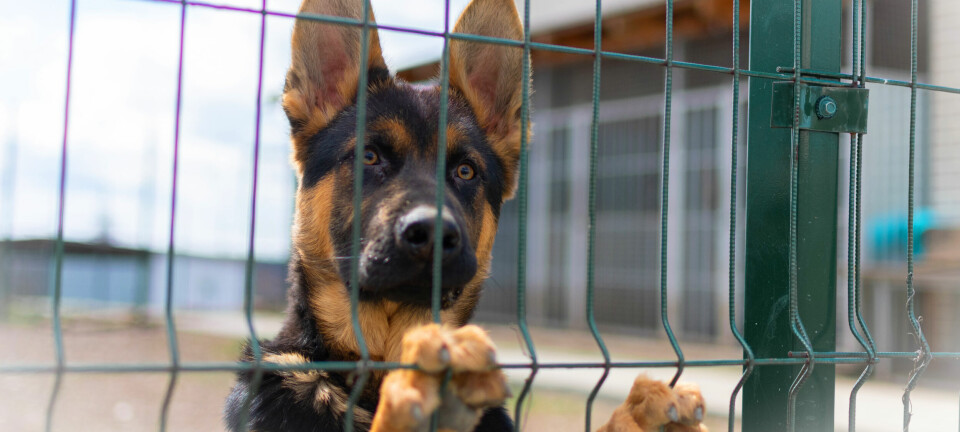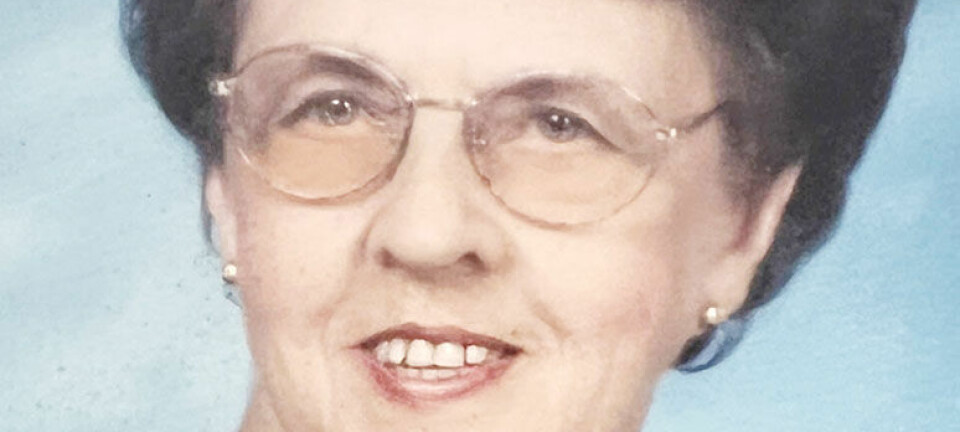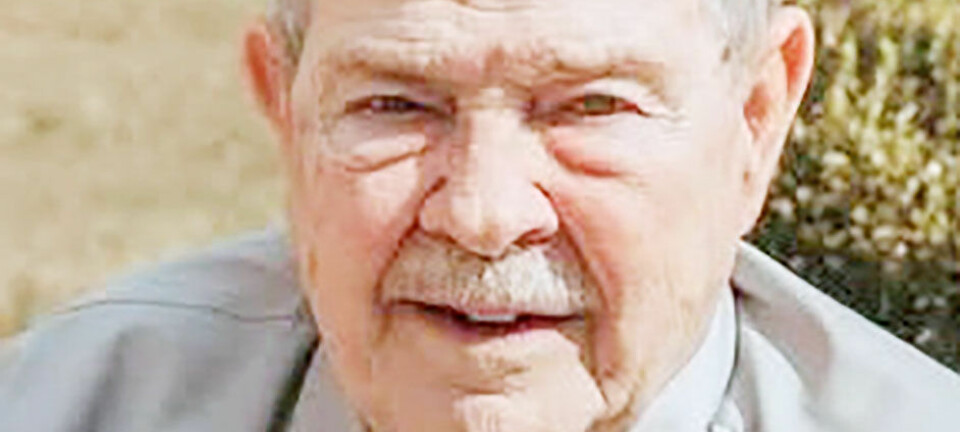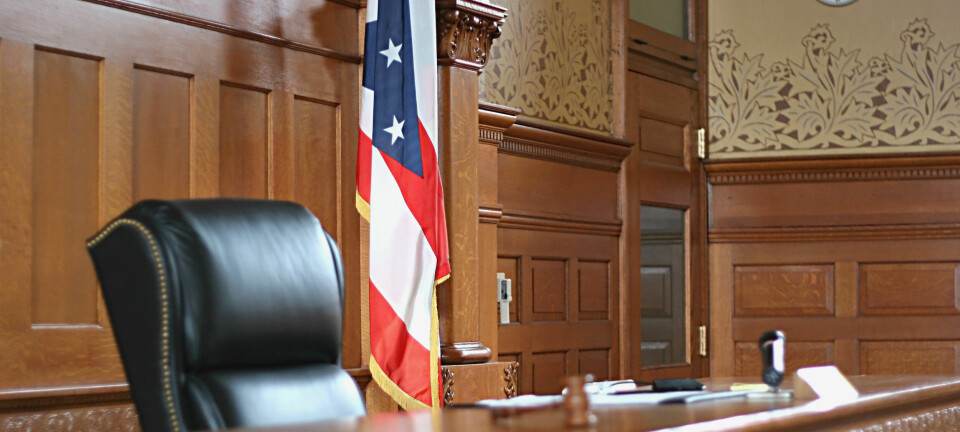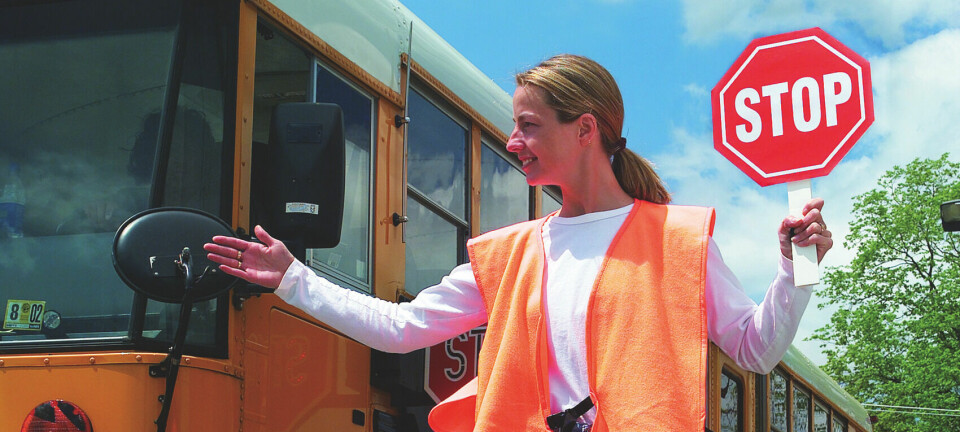Trolley program is Aug. 20 at Wayne Co. Historical Society
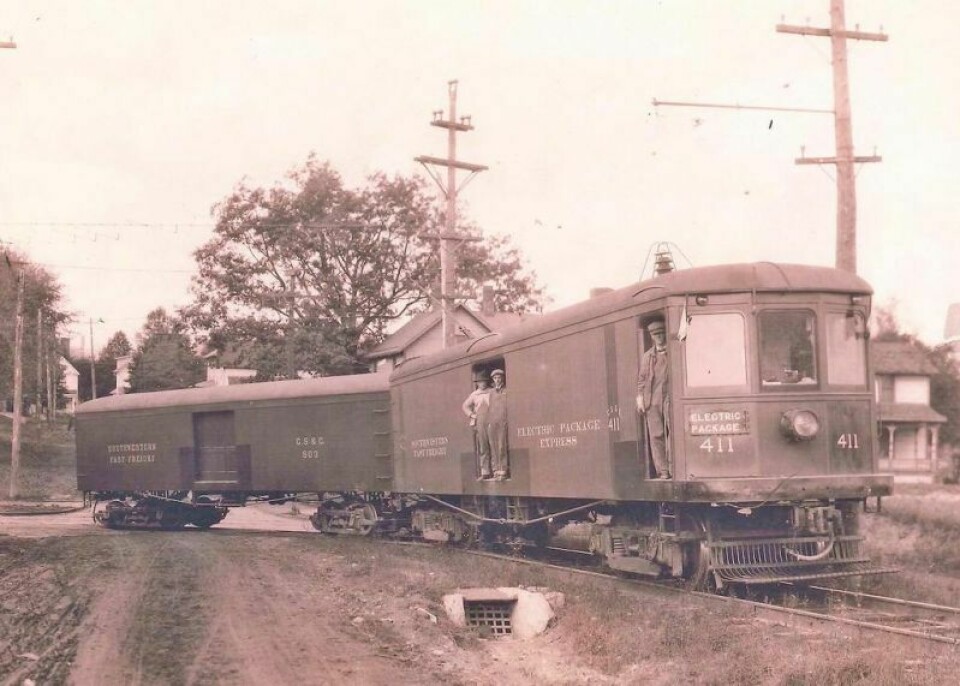
The area’s ties with historical railroad lines will be celebrated when the Wayne County Historical Society hosts Wooster resident Paul Davis, who will present The Trolley That Came to Wooster.
Beginning at 1 p.m. on Sunday, Aug. 20 at the 1873 Schoolhouse on the society’s campus at 546 E. Bowman St. in Wooster, Davis will discuss the interurban railway, an electric railway that from 1903-31 connected downtown Wooster with Creston and ultimately Cleveland at the other end of the line, making its way through other towns along the way.
Wooster Historical Society volunteer Vicki Slater said the interurban was a trolley car making use of Northeast Ohio’s train tracks. Davis’ appearance is part of the society’s “Historical Roots of Sterling, Ohio” pop-up exhibit, which will run through Sept. 10.
“This presentation explores that railway’s origins as well as the details of the route it followed, the challenges of getting it built and why it was an important part of Wayne County’s transportation history,” said Davis, a volunteer at the Northern Ohio Railway Museum near Chippewa Lake.
The interurban that wound up going through Wooster, part of a rail network known as The Green Line, originally began in 1902 with a short connection between Berea and Cleveland. It eventually expanded to 202 miles of track, according to www.woosterhistory.org.
Trolley travel in general began in the late-1800s when electric railways began to be built in the Eastern United States. The Green Line started out as a horse-drawn rail car line, running from Berea to the Lake Erie shore.
According to the Lorain County Historical Society, the first electric Green Line cars went into action in 1895. The trolleys moved along at 20 mph in those days, meaning a Wooster to Cleveland jaunt would take three hours, not including stops, of which there were plenty.
Baseball fans could ride the interurban from Wooster to Cleveland to take in an Indians game. Wooster riders also could travel to the likes of Seville, Mansfield, Galion and Bucyrus.
Eventually, the railway was made obsolete by low-fare bus availability and private car ownership, which doomed a lot of area train travel.
“The trolley is a fascinating topic in Wayne County’s history,” said Ray Leisy, president of the society. “Davis has done extensive research and continuously adds to his knowledge. We are very pleased to have him here to share his knowledge with the public.”
The Sterling exhibit includes photos of the interurban, trolley schedules and actual logbooks listing passenger names, which were discovered at the Madisonburg trolley station. There also are more than 300 rarely seen photos and items related to Sterling’s history, most from the Jim Bischoff Collection, Jack Kerstetter Family Collection, and the Don and Ruth Glessner Family Collection.
The Sterling exhibit will be open to attendees after the program, as well as the society’s featured exhibit, “From the Collection: Wayne County in the Armed Forces.” Through artifacts, photos and documents, this military exhibit tells the story of more than 100 Wayne County residents who served their country in conflicts from the Revolutionary War through Vietnam.
Admission to the exhibit is $5 and free for guests age 18 and under. Society members also may attend free. Light refreshments will be available.

